Erythrina L.
Brazilian coral tree, cock's comb coral tree, cockspur, cockspur coral tree, common coral tree, coral tree, cry baby tree, fireman's cap tree
Fabaceae
South America: southern Brazil, Bolivia, Peru, Paraguay, Uruguay and northern Argentina
Erythrina crista-galli L.
southeastern United States and Australia
weedy in some countries
amphibiousamphibious:
(adj) of a plant able to live on land or in water
, medium to large tree
Stems and trunk sparsely covered with spines. Leaves al ternateternate:
(adj) in threes
; stipules deciduousdeciduous:
(adj) shedding of parts at the end of their growing period, as with leaves; those trees or shrubs that drop their leaves at the end of the season
; petioles and rachisrachis:
(n) the main axis of, e.g., a compound leaf or an inflorescence
often bearing prickles; compoundcompound:
(adj) with two or more like parts, as in a compound leaf; divided into two or more subsidiary parts or orders, as in a compound inflorescence
, with 3 ovateovate:
(adj) egg-shaped in outline; generally with the broad end at or near the base
 or ellipticelliptical:
or ellipticelliptical:
(adj) in the form of an ellipse (oval)
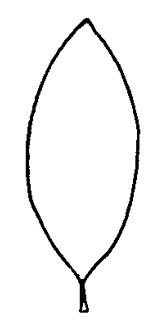 leaflets; base cuneatecuneate:
leaflets; base cuneatecuneate:
(adj) wedge-shaped; triangular, with narrow end at the base
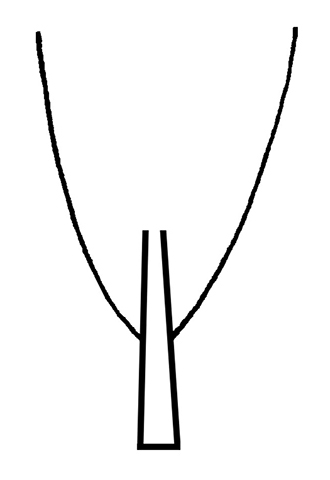 to round; apexapex:
to round; apexapex:
(n) the point farthest from the point of attachment; the tip (often pointed)
typically acuteacute:
(adj) tapering to a sharp, pointed apex with more or less straight sides; broader than acuminate; forming an angle of less than 90 degrees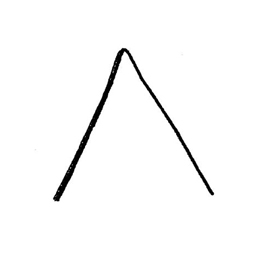 ; marginmargin:
; marginmargin:
(n) edge; rim
entire, glabrousglabrous:
(adj) without hairs or scales
. Inflorescenceinflorescence:
(n) the arrangement of flowers on the floral axis
 an axillaryaxillary:
an axillaryaxillary:
(adj) in, of, or produced from an axil
and terminalterminal:
(adj) at the apex
racemeraceme:
(n) an indeterminate, unbranched inflorescence having pedicelled flowers on a usually elongated axis (may be cymose)
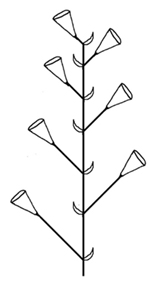 ; bracteoles present; pedicelspedicel:
; bracteoles present; pedicelspedicel:
(n) the stalk of a single flower in an inflorescence, or of a grass spikelet
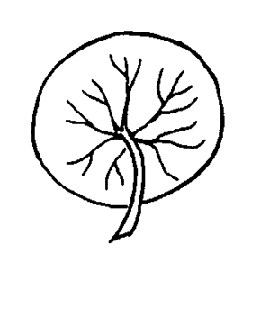 pubescent, becoming glabrousglabrous:
pubescent, becoming glabrousglabrous:
(adj) without hairs or scales
at anthesisanthesis:
(n) the period from flower opening to fruit set
. Flowers zygomorphiczygomorphic:
(adj) bilaterally symmetrical; symmetrical along only one plane
, red; calyxcalyx:
(n) the outer whorl of the perianth; all the sepals of a flower
 tube 2-lipped, marginmargin:
tube 2-lipped, marginmargin:
(n) edge; rim
entire or bilobed, upper lip often with spurspur:
(n) a usually slender, hollow projection formed by the fused bases of the lower petals in some flowers notably of the genus Utricularia; a sac-like projection or extension of a petal or sepal; a short, fruit-bearing stalk
 ; banner broadly ellipticelliptical:
; banner broadly ellipticelliptical:
(adj) in the form of an ellipse (oval)
 to orbicularorbicular:
to orbicularorbicular:
(adj) circular in outline
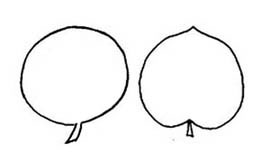 , recurvedrecurved:
, recurvedrecurved:
(adj) curved downward or backward
, apexapex:
(n) the point farthest from the point of attachment; the tip (often pointed)
rounded or with a slight notch, base cuneatecuneate:
(adj) wedge-shaped; triangular, with narrow end at the base
 ; wings inconspicuous, oblongoblong:
; wings inconspicuous, oblongoblong:
(adj) two to four times longer than wide, with +/- parallel sides
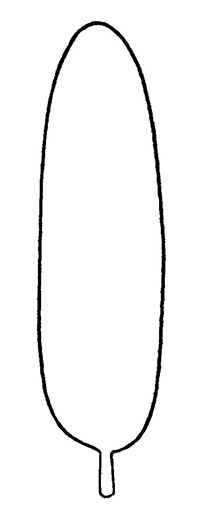 to ovateovate:
to ovateovate:
(adj) egg-shaped in outline; generally with the broad end at or near the base
 ; keelkeel:
; keelkeel:
(n) a sharp crease or ridge
falcate. Fruit stipitatestipitate:
(adj) borne on a stipe or stalk
, a long legume, shallowly constricted between seeds, becoming woody at maturity, brown; seeds large, reniformreniform:
(adj) kidney-shaped
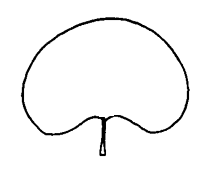 , hard, brown to black, mottled.
, hard, brown to black, mottled.
along waterways and flood areas, in swamps and wetlands
Erythrina are terrestrialterrestrial:
(adj) growing on land as opposed to living in water
shrubs and trees. Of about 130 species, only Erythrina crista-galli is commonly found in the riparianriparian:
(adj) growing by rivers or streams; of, adjacent to, or living on, the banks of a river, lake, pond, etc.
zone along waterways.